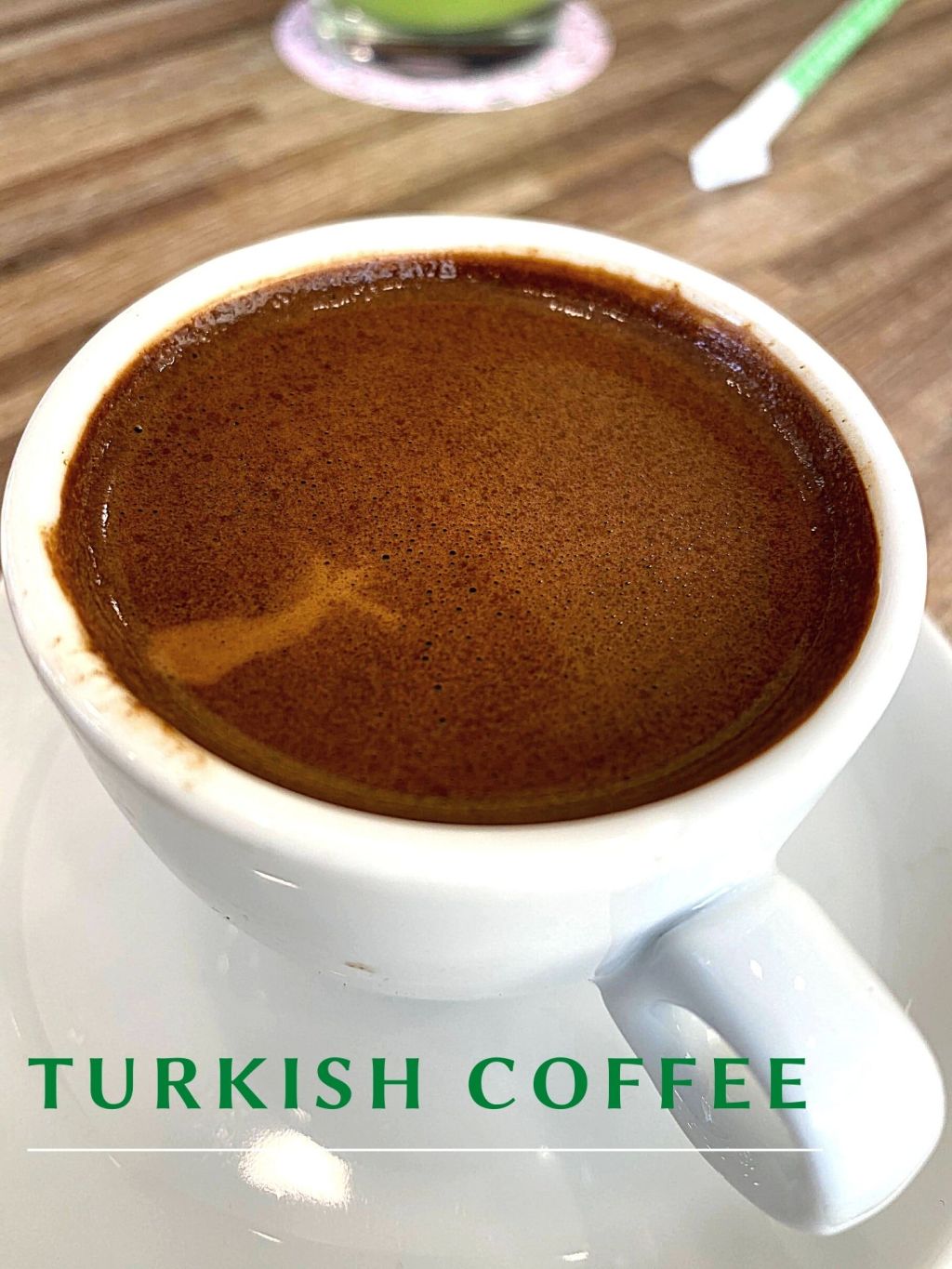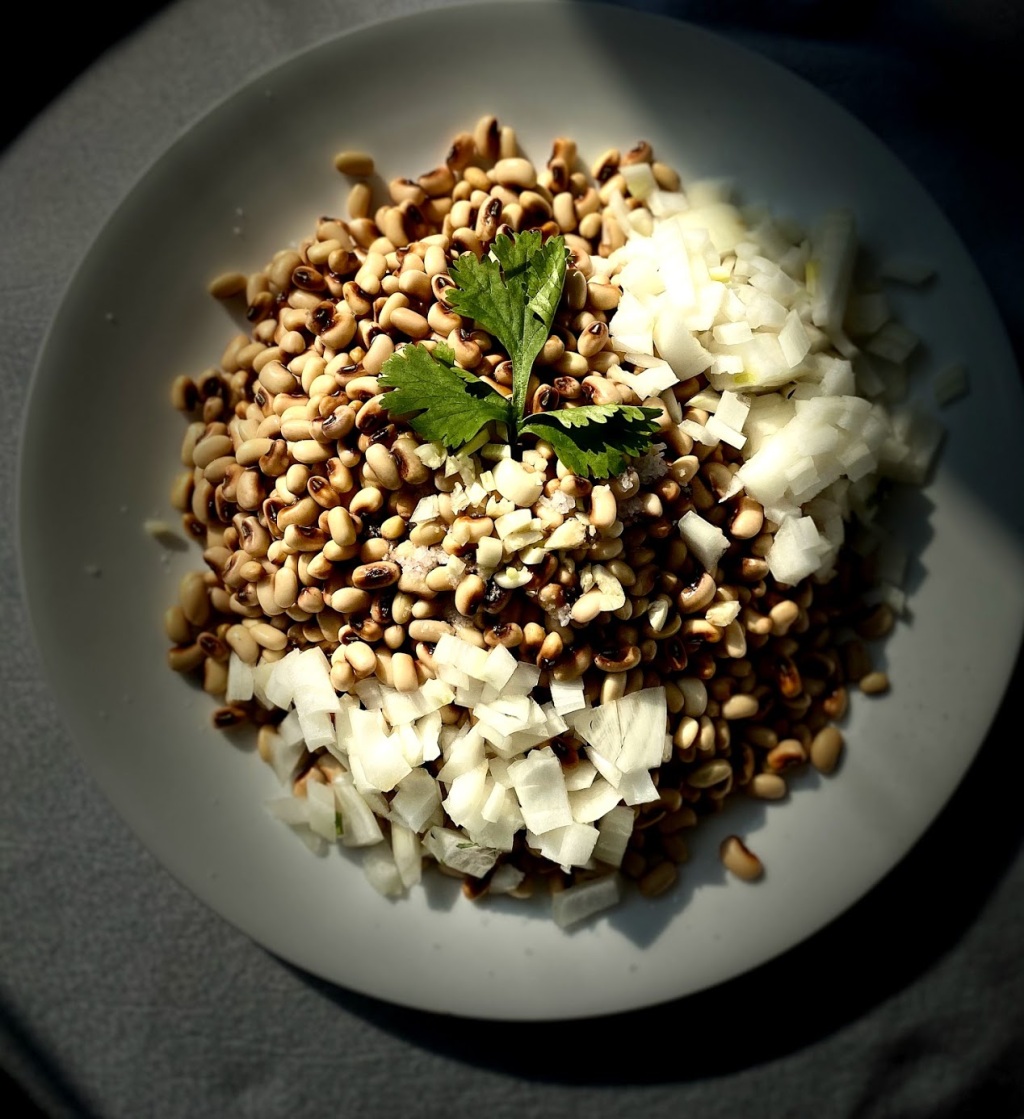I admit it. I am a total caffeine addict !
This article is from https://www.thespruceeats.com/turkish-coffee-recipe-2355497
By
:max_bytes(150000):strip_icc():format(webp)/colleen-graham-758955-0363f0dd5bc9473b80cce5afb05aa25a.jpg)
Freelance writer and cocktail book author Colleen Graham is a seasoned mixologist who loves sharing her knowledge of spirits and passion for preparing drinks.
Learn about The Spruce Eats’ Editorial Process
Updated on 01/21/23
Tested by
Turkish coffee is a rich, thick, and delightful drink to be enjoyed slowly with good company. It is brewed in a copper coffee pot called a cezve (jez-VEY), made with powder-like ground coffee, and sweetened to the drinker’s taste. Creating the perfect cup of Turkish coffee is a splendid way to show off your coffee-making skills.
Enjoyed for centuries throughout the Middle East and Balkans, the method for making traditional Turkish coffee varies slightly by region and household. It is not difficult but requires practice to get the strong brew’s signature foam on top.
This style of coffee is not filtered. Instead, the coffee is ground so finely that it resembles flour and becomes part of the drink. The methods of measuring are also different: Use the serving cup to measure the water and a teaspoon from your dinnerware for the coffee and sugar. You can brew the coffee with varying amounts of sweetness or leave it unsweetened.
Turkish coffee is served in demitasse-sized cups with tall sides that hold about 2 1/2 ounces. It is never stirred during or after brewing. Some people like to brew it with milk, and the additions (sugar and milk) are always added to the brewing pot rather than the cup. With an intense flavor similar to a really thick espresso, it’s often served with a glass of cold water as a palate cleanser. Turkish delight is a popular sweet to enjoy with the coffee, though chocolate is a tasty alternative.
“Great recipe with all the tips and tricks you need to perfect the art of Turkish coffee. The only hard part is being patient! Resist the urge to stir and turn the heat up, and you’ll end up with a rich and delicious cup of coffee.” —Bahareh Niati
:max_bytes(150000):strip_icc():format(webp)/turkish-coffee-recipe-2355497-Bahareh-Niati-2021-3abefa56c4484b6bbb96e5fbc0c0ae8e.jpg)
A Note From Our Recipe Tester
Ingredients
- 5 to 6 ounces cold water
- 2 tablespoons extra finely-ground coffee, such as Kurukahveci Mehmet Efendi brand Turkish coffee
- 1 to 3 teaspoons sugar, optional
Steps to Make It
- Gather the ingredients.The Spruce Eats / S&C Design Studios
- Pour the water into the cezve. Add the coffee and sugar, if using. Mix well to dissolve the coffee and sugar. Do not stir after this point.The Spruce Eats / S&C Design Studios
- Place the cezve on the stovetop over medium heat. After a few minutes, the coffee will rise and foam up.The Spruce Eats / S&C Design Studios
- Just before it begins to boil, remove the cezve from the heat. Skim off the foam, adding a little to each serving cup. Return the cezve to the heat and let it slowly foam up again.The Spruce Eats / S&C Design Studios
- Pour the coffee very slowly into the serving cups so the foam rises to the top.The Spruce Eats / S&C Design Studios
- Let the coffee settle for a few minutes, then serve.The Spruce Eats / S&C Design Studios
Tips
- Dark-roasted Arabica coffee is traditional. Other types of coffee beans will work, and a blend of dark and lighter roasts is enjoyable.
- The powdery grind size is what makes it Turkish coffee (the espresso grind is rather coarse in comparison). It isn’t easy to achieve from the average home coffee grinder, so it’s best to learn this brewing method with pre-ground Turkish coffee.
- Coffee shops may produce a “Turkish grind” on request, and it’s available from brands such as Kurukahveci Mehmet Efendi. Turkish coffee grinders will produce the perfect grind as well.
- The goal is to create a thick foam (similar to crema) on top. Stirring or letting the coffee come to a boil will cause the foam to collapse. Boiled coffee will also add a bitter flavor.
- Keep the heat in check and be patient. The setting will depend on your stove, but it should take between seven and 10 minutes to brew Turkish coffee.
- Due to the small volume of the cezve, it’s easier to brew about two cups at once. A larger cezve can make four to six cups; use 1 tablespoon of coffee for each “cup” of water.
- If you don’t have a cezve, use the smallest saucepan possible (preferably tall and thin).
- Espresso cups and small teacups are good alternatives to Turkish coffee cups.
Recipe Variations
- Adjust the amount of ground coffee to suit your taste.
- There are three sweetness levels for Turkish coffee: “less sweet” (az sekerli) uses 1/2 teaspoon of sugar per cup, “medium sweet” (orta sekerli) uses 1 teaspoon per cup (equal to the amount of coffee), and “extra sweet” (sekerli) uses 2 teaspoons per cup. You can also skip the sugar entirely.
- Create a richer cup of coffee by substituting milk for the water; take extra care to avoid scalding.
- For a hint of spice, add a whole green cardamom pod or 1/8 teaspoon ground cardamom to the cezve with the coffee and sugar.
Is Turkish Coffee Stronger Than Espresso?
Both Turkish coffee and espresso are stronger in taste and caffeine content than regular coffee. Comparing the two is a little different, though. Since it’s unfiltered, Turkish coffee does have a more robust taste than espresso. However, espresso tends to have more caffeine. A two-ounce cup of Turkish coffee has about 50 milligrams of caffeine, while the same amount of espresso (a double shot) can range from 58 to 185 milligrams of caffeine.
| Nutrition Facts (per serving) | |
|---|---|
| 11 | Calories |
| 0g | Fat |
| 2g | Carbs |
| 0g | Protein |
Show Full Nutrition Label
(Nutrition information is calculated using an ingredient database and should be considered an estimate.)
Recipe Tags:
Rate This Recipe
I don’t like this at all.It’s not the worst.Sure, this will do.I’m a fan—would recommend.Amazing! I love it!Thanks for your rating!




